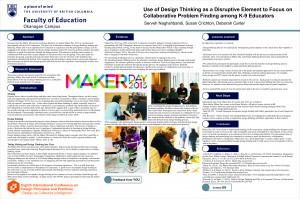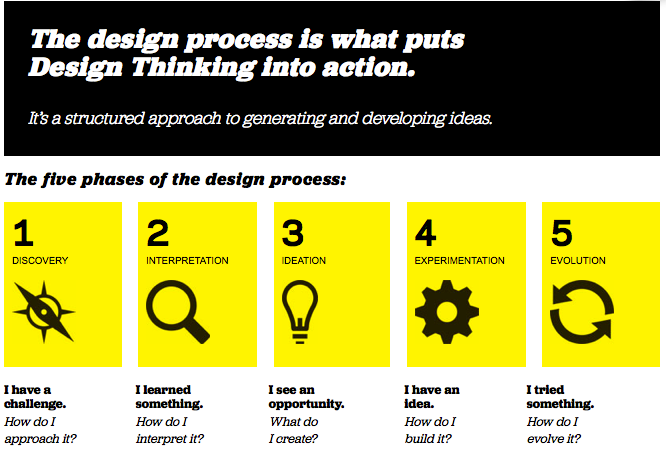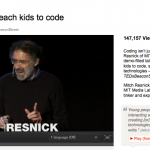At the Eighth International Conference on Design Principles and Practices, Serveh Naghshbandi presented our initial findings from Maker Day 2013. A short video explaining the day and our abstract below provides more information. Looking forward to your comments, Serveh, Susan and Deb.
 |
Drawing from the Maker Movement and design thinking, we hosted Maker Day 2013 as a professional development activity for K-9 educators. The goal was to introduce educators to design thinking, making and tinkering. Maker Day was an opportunity for educators to experience fully the participatory design cycle by engaging in the iterative Stanford d.school’s design thinking model. We created a problem scenario and asked facilitators to guide the educators through the design process. The educators used the main scenario in collaboration with each other to gain empathy for the person they were designing. Then, they made one prototype per group, using the materials provided. Prototypes were the solutions to the problems that participants identified and defined. After engaging in the participatory design project, each group displayed their prototype and shared their design process and ideas on how this experience could integrate in their own professional practices.



